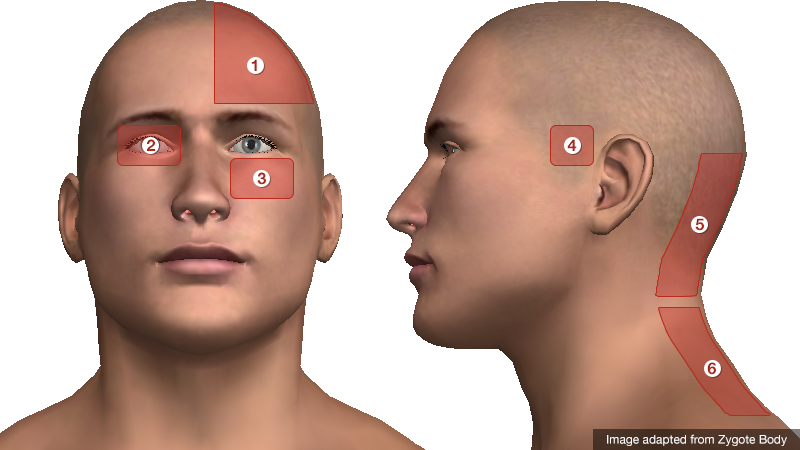
Any number of conditions varying greatly in severity may cause secondary headaches. They cause a few seconds of severe head pain on one side of the head with teary eyes and runny nose.

Sinusitis inflammation of the sinuses is frequently associated with severe headaches that feel like intense pressure in the head.
Sever head pain. A cluster headache is a type of recurring headache that is moderate to severe in intensity. It is often one-sided head pain that may involve tearing of the eyes and a stuffy nose. Attacks can occur regularly for 1 week and up to 1 year.
A secondary headache is a symptom of a disease that can activate the pain-sensitive nerves of the head. Any number of conditions varying greatly in severity may cause secondary headaches. Possible causes of secondary headaches include.
Acute sinusitis nasal and sinus infection. Sudden and severe pain that may be accompanied by nausea vomiting fever seizure speech problems weakness confusion visual disturbances. Thunderclap Headache may be due to a benign syndrome or.
Stabbing or Knife-like pain. Sharp may mean a stabbing pain in the head like someone has taken a knife or needle and rammed it into the skull. An example is Ice-Pick Headache.
Sudden and Severe Some people say sharp pain but describe a sudden severe headache not a sensation of being struck with a. Normal headaches are usually caused by dehydration muscle tension nerve pain fever caffeine withdrawal drinking alcohol or eating certain. These headaches are the most severe.
You could have intense burning or piercing pain behind or around one eye. It can be throbbing or constant. Nerve problems can sometimes be the source of head pain.
The occipital nerves run from the top of your spinal cord up your neck to. They cause a few seconds of severe head pain on one side of the head with teary eyes and runny nose. If you have one-sided headaches it really is important to seek an evaluation by a.
Pain behind the ear is typical and can precede paralysis by a day or so. Sometimes the pain is very prominent and the facial weakness is mild. Facial paralysis and severe ear pain usually means that there is Herpes Zoster of the geniculate ganglion called Ramsay-Hunt syndrome.
Apart from the sharp pain in the head a migraine headache can cause eye pain and severe pain on side of the head often described as pounding. Common symptoms of a migraine headache will include the following. Sudden recurrent moderate to severe pain.
A headache can affect any part of the head and pain may be present in one or several locations. Headaches can cause various types of pain and classifying the. Sinusitis inflammation of the sinuses is frequently associated with severe headaches that feel like intense pressure in the head.
These headaches are associated with tenderness in cheeks and forehead blocked nose sore throat and mild fever. Pain may also be. The head is one of the most common sites of pain in the body.
Headache may arise spontaneously or may be associated with activity or exercise. It may have an acute onset or it may be chronic in nature with or without episodes of increasing severity. Headache is often associated with nausea and vomiting.
A throbbing sharp or aching pain in the head or upper neck Visual changes fever nausea and vomiting A headache that involves one or both sides of the head A prodrome a group of symptoms preceding a migraine headache.